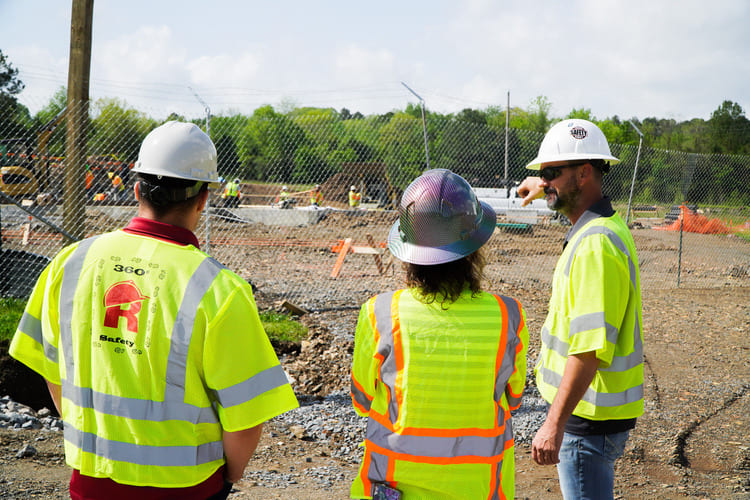When people think of construction, they often envision wooden frames, workers in orange vests, and hard hats.
While the construction site and its workers are crucial, construction is far more intricate than it appears. The industry is built on key design principles to ensure projects are not only functional and safe but also aesthetically pleasing and structurally sound.
Design elements are essential to achieving these goals. Recognizing the importance of these elements in the construction process can significantly impact the success of a project.
1. Site planning
Before construction begins, thorough planning of the site selection and layout is critical. Proper site planning accounts for factors like topography (natural features such as hills or water), climate, accessibility, and environmental impact.
Architects and designers ensure that the building integrates smoothly with its surroundings while complying with local regulations and environmental standards.
2. Space and layout
The arrangement and layout of a building are vital to construction design. Architects must optimize space to meet the structure’s functional needs while ensuring comfort and ease of use for occupants.
Effective space planning also considers future adaptability, allowing the building to accommodate changes in use or occupancy over time.

3. Structural integrity
Structural integrity is the backbone of any building. A solid framework—including the foundation, load-bearing walls, and support structures—ensures the safety and stability of the entire structure. Without it, buildings wouldn’t be functional or safe.
Structural engineers employ advanced techniques and materials to meet strict safety standards while optimizing costs—a challenging yet essential task in construction.
4. Material selection
Choosing the right materials is crucial for a building’s longevity, aesthetics, and environmental impact. Designers must evaluate factors like climate, maintenance needs, and sustainability when selecting materials.
The shift towards eco-friendly practices, such as using recycled or locally sourced materials, plays a growing role in modern construction, contributing to both durability and environmental responsibility.

5. Aesthetic appeal
Aesthetics play a crucial role in construction design. The visual appeal of a building significantly impacts its success and how users experience the space. Key design elements such as color, texture, shape, and architectural style must align with both the project’s objectives and user preferences.
Balancing functionality with aesthetics is essential for creating a well-rounded and successful design.
6. Accessibility and universal design
Accessibility is a cornerstone of modern construction. Ensuring that buildings are usable for people of all abilities fosters inclusivity and equality. Features like ramps, elevators, wider doorways, and accessible restrooms must be thoughtfully integrated to meet ADA standards and accommodate diverse needs.
The building blocks of construction
The design elements mentioned are fundamental to creating a sustainable and successful structure. Architects, engineers, and builders must carefully consider these factors long before construction begins.
By integrating these essential elements, professionals can develop buildings that are functional, inclusive, environmentally responsible, and visually appealing.
If you’d like to be a part of this process and construct buildings for your community to use, we’re hiring! Check out our current job openings here.


Recent Comments